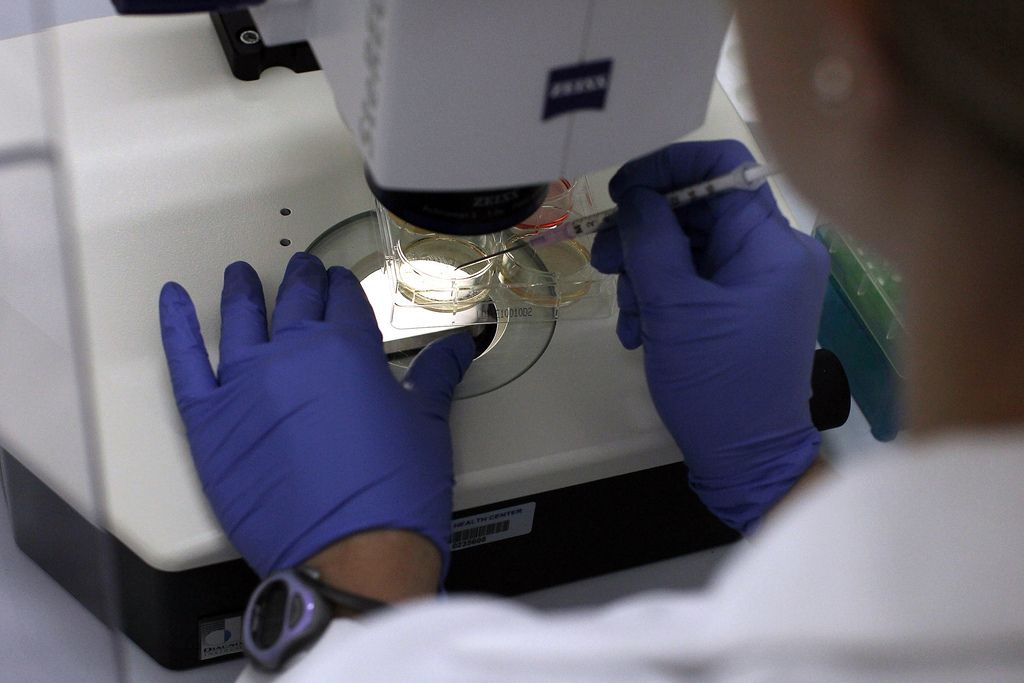On December 1, 2015

Photos courtesy of en.wikipedia.org and Lwp Kommunikáció on flickr.com
Two scientists at the University of Georgia started a “frozen zoo” to preserve the world’s endangered species in case of a future extinction.
During my lifetime the world has been scarred by pollution, something that began within the last 200 years and will take hundreds of years to repair its devastating effects.
One of the many effects of pollution is an increase in the rate of endangered and extinct species.
The University of Georgia is now building a “frozen zoo.” The university’s Regenerative Bioscience Center will store genetic information about endangered animals according to CNN article, “Scientists build ‘frozen zoo’ to save endangered species” by Jason Evans. The idea came from RBC director Steven Stice and Animal and Dairy Science Associate Assistant Professor Franklin West.
“Cells from the skin of a sedated animal are extracted in a noninvasive procedure,” according to Stice and West in the CNN article, “Researchers convert those cells into stem cells by introducing a series of specialized reprogramming genes. From there those stem cells can be made into sperm or eggs.”
This is amazing work. This could mean even after a species becomes extinct, scientists would be able to create new life by combining the sperm and eggs they have created with the reprogrammed skin cells.
The RBC has confirmed sperm has been created from pig stem cells according to the CNN article. Since then, Stice and West have moved on to reprogramming cells of big cats. Big cats were chosen because scientists have a good grasp on their biological makeup.
Cats like the Javan Tiger have already gone extinct. More than 80 percent of threats to big cats are human activities, according to the seethewild.org. In many countries they are a source of food for the people there and, for many, their only source of income.
For people who live in countries where animal resources are a major income to many of the natives; it is difficult to impose the idea animals should live, while you and your family starve. Since we cannot control people’s instincts something like this is important because it gives us hope this technology and process will give way to better alternatives and solutions in the future.
“‘Every year one of these animals gets hit by a car and they’re at a point where they’re breeding brothers and sisters together because the gene pool has shrunk,’” West said to CNN during his interview for the article.
The cells are kept in tanks of liquid nitrogen. This is called cryopreservation, a process where cells, whole tissues or any other substances susceptible to damage caused by chemical reactivity or time are preserved by cooling to sub-zero temperatures.
“Essentially the genetics are immortal,” West said to CNN during the interview for the article. “You could go in 20, 30, 200 years theoretically, you could thaw these stem cells out, and turn them into sperm and eggs.”
The fact the stored cells have an immortal survivorship gives me hope research will continue or someday be put to work for the whole world to see. Research like this should be getting more recognition than it has. A lot can come of this and that is what I am hoping for. The world has been talking about climate change and its effects. Even though it will take years to rebuild our climate and change the demise of the animals we have all put in danger this “frozen zoo” would help make conserving them a reality.
Instead of asking big corporations for grants and other sources of income, Stice and West created a crowdfunding page to gather donations.
“With the ‘GeorgiaFunder,’ I saw a great opportunity for us to tap into monetary resources left by the gaps of industry and government funding,” Regenerative Bioscience Center’s marketing and Development Coordinator Charlene Betourney said to CNN during his interview for the article. “‘This type of ‘interactive funding’ also allows our research teams a greater level of transparency and engagement with the general public.’”
It is cool to see researchers taking charge. Betourney is right; this way feels more genuine than a big corporation sponsoring the work being done. No matter how West and Stice are getting funding, it is crucial their research is something being introduced.
Even though this is not the first “frozen zoo,” it is important to give credit to scientists for the work they are doing. Instead of sitting back, like the most of us, they are getting out there and trying to preseve the little bit of nature we have left.
source
No comments:
Post a Comment